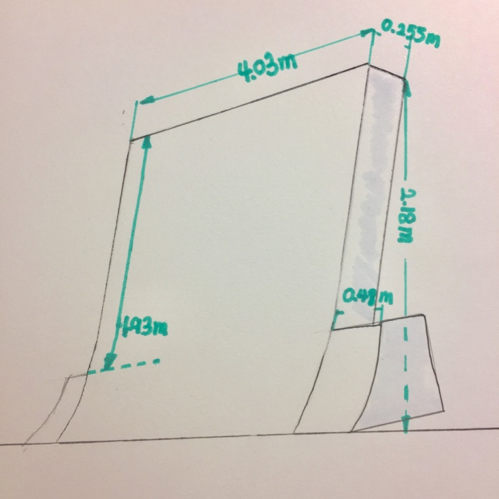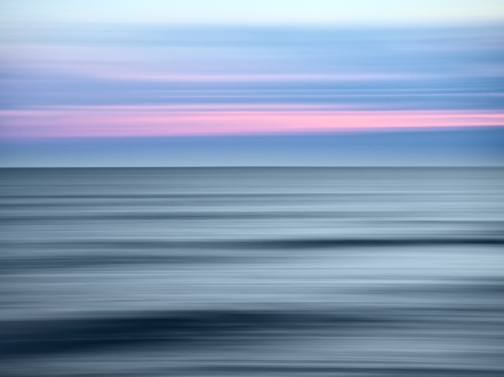Team number: 17.
Team Members: Yukun Wang, Qiuchen Gu, Mingwei Shi.
This week, we visited the park, got the installation feedback, and discussed research direction. In terms to materials, we want to try plastic board for fixation, and for hardware, we planned to use wired camera since it is more affordable. In addition, we are also suggested to use one Arduino, as well as the Bluetooth connection.

Measure the parameters of target equipment
Here are the results:
- Side length (not include the short plank): 1.93m
- Vertical height: 2.18m
- Width: 4.03m
- Width of short plank: 0.48m
- Thickness: 0.255m

Research direction
After presentation, we are suggested to use blob detection to overcome the technical problem, which is based on the computer vision. Thus, we did researches on the aspect of blob detection to find the best way to detect skateboarders’ movements. To improve the accuracy of measuring height that users reach, we need a camera to capture their actions.
The video sensor technologies, including capture, effect manipulation, and the motion detective are studied during the week. The purposeof using camera is to detect the movement of users, further measures the final height that users reach. The principle of detection is when a motion appears, the color of a pixel changes significantly compared to the previous frame.Thus, we need design a programming to find the last pixel in video of a skateboarder.The programming will contain three points:
- Apply the image change to the video programming.
- Compare the current frame with the previous pixel change.
- Define a threshold of in which situations the motion can be detected.

The computer vision libraries, “OpenCV for Processing” and “BlobDetection”, are studied. The former provides a wide visual effect management function, and the latter is more useful for the detect the last pixel, because this library could take any image as input, then return an array of objects, and telling its edge and bounds.
Furthermore, we also learned how to do a systematic user testing, the forms of user testing, the testing methods in different locations, and be given a wide choice of testing approaches, and more details, such as, to identify core user, languages, and number of participants, to increase user iteration, to know that the system quality is not the person feelings reflected, and so on.
In next week, we are going to figure out the final programming and plan the evaluation framework. Thinking about what we try to achieve? what try to find out? how to draw persons’ attention, and how to create our own user testing form. Other problems, like how to flexibly present the final effect in terms to different situation, for example, the situation of two users, should also be considered.